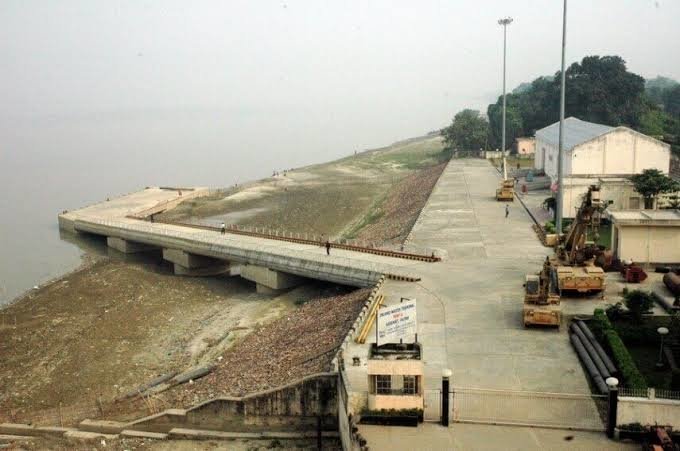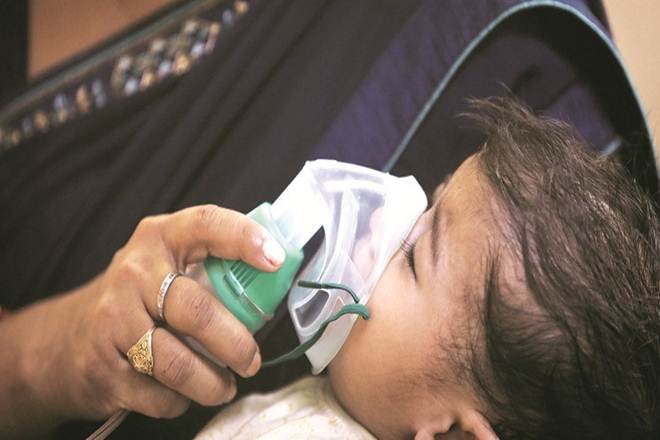Source – newsclick.in
Patna: The unbearable air pollution in Bihar’s capital city, Patna, resonated outside the Assembly premises, with Opposition RJD legislators staging a protest by wearing masks to express their anger over the “failure” of the Nitish Kumar-led National Democratic Alliance government.
On Thursday, Rashtriya Janata Dal (RJD) members stood outside the main gate and shouted slogans against the government’s inaction on rising pollution.
The air quality in Patna has been in the “severe category” since the past three days — Monday to Wednesday. On Thursday, the air quality was in “very poor category”. The air quality index (AQI) was 390 on Thursday, according to the Bihar State Pollution Control Board’s website.
The AQI touched 430 at 12 p.m on Wednesday, the highest in recent months. The AQI was 404 on Monday and 419 on Tuesday.
The Opposition protest came ahead of a discussion on the state government’s much hyped programme “Jal Jeevan Aur Haryali” in the Assembly on Thursday, the last day of the five-day winter session.
Protesting Opposition members demanded an explanation from the government as to how Patna had become one of the highest polluted cities in the country. They also questioned Bihar Deputy Chief Minister and senior Bharatiya Janata Party (BJP) leader, Sushil Kumar Modi, for doing nothing in the past decade. Modi is in charge of the state’s Environment, Forest and Climate Change department .
“Modi is only interested in publicity and has been issuing useless and baseless statements. He has not done anything to tackle the rising air pollution in Patna and across the state,” RJD legislator Ramchander Purve told NewsClick after the protest.
Purve said the pollution situation had turned from bad to worse under Modi’s charge. “Only recently the government has woken up by launching the Jal Jeevan Aur Haryali programme”.
The “severe” air quality is set to affect thousands of people, including workers, rickshaw-pullers, autorickshaw drivers and the economically weaker sections, who spend most of their time outdoors to earn their livelihood.
On November 2 and 5, the AQI of Patna was recorded as 428 and 423, respectively, which is classified as “severe” as per the World Health Organisation.
According to experts, AQI level of severe category can be harmful as inhalation of toxic air containing pollutants like PM 2.5, carbon monoxide, sulphur dioxide and carbon dioxide is dangerous, and can pose serious problems for people suffering from lung, heart and other diseases.
Two months ago, the Energy Policy Institute at the University of Chicago (EPIC) India, in partnership with the Centre for Environment and Energy Development (CEED) shared the findings from Air Quality Life Index (AQLI). According to the Energy Policy Institute at the University of Chicago’s AQLI, residents of Patna could live about 7.7 years longer if the WHO’s PM 2.5 guidelines were met.
As per the findings, based on data from the real-time air quality monitoring station in Patna, in December 2018, witnessed the worst air pollution when 51% days saw air quality in the “severe” category. Out of the cities where AQI bulletin is issued by the Central Pollution Control Board, Patna remained the most polluted city of India in December last.

